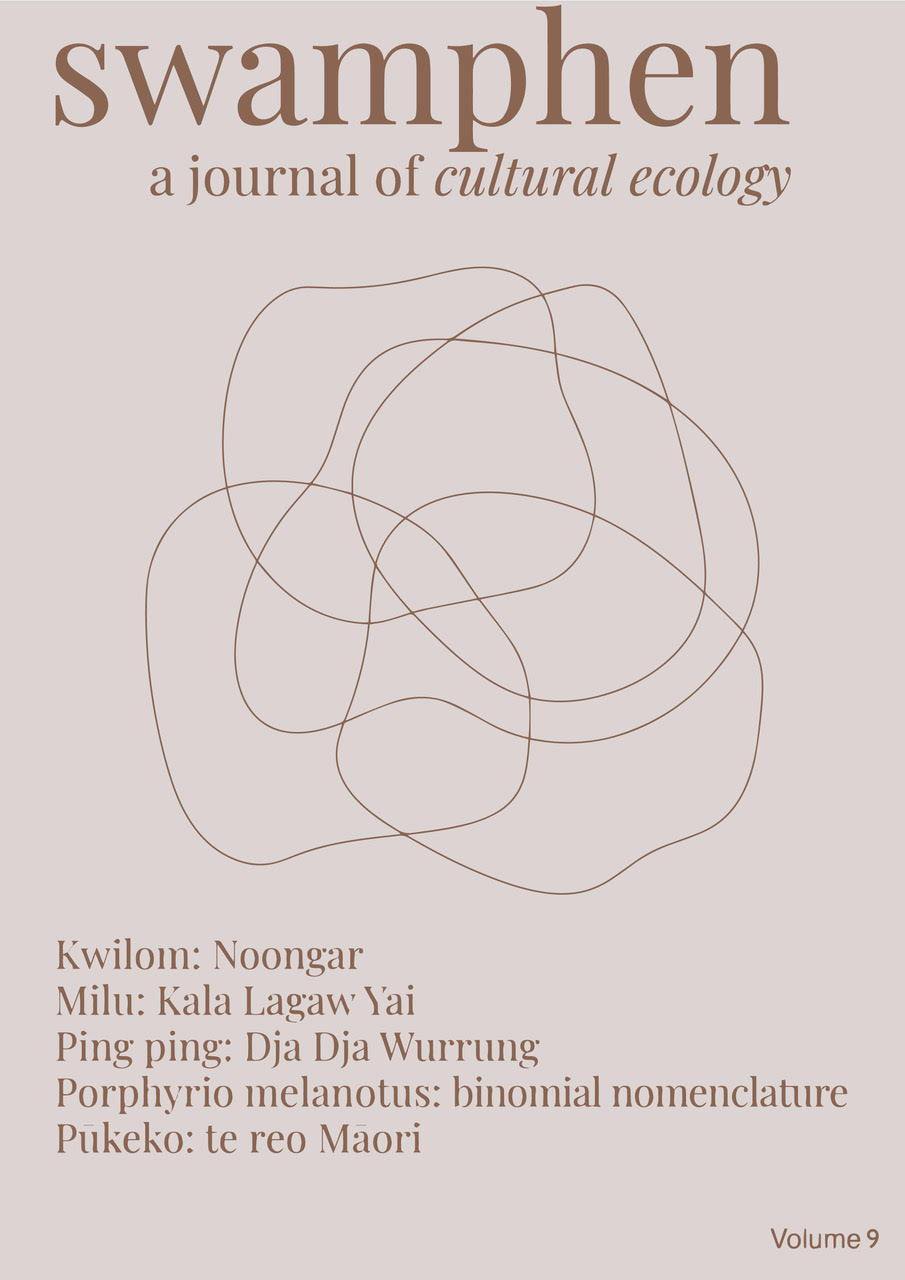Strange Letters Editorial
DOI:
https://doi.org/10.60162/swamphen.9.17548Keywords:
strange, more-than-human, letter writing, epistolory, COVID-19, entanglementAbstract
This special issue arises from a virtual symposium held on 5 February 2021 which sought to challenge the letter writing tradition, interrogating the communicative capacity of the more-than-human. This seemed strangely fitting, occurring as it did in the middle of the COVID-19 pandemic when the nonhuman was asking us to listen; a period of life gone strange in which we were forced to adopt new modes of meeting, communicating and being together-apart. As the symposium website describes, we were ‘dislocated from one another by lockdowns, border closures, and the unsustainability, cost, and even danger of travel’. The marked rise in letter writing throughout the COVID-19 lockdowns emerged as a means of countering this dislocation, taking advantage of the epistolary form’s unique qualities as a way of being together-apart (Jenkins). Perhaps this trend was a reflection upon shifting temporalities (compared to other ways of communicating, the slowness of the postal service became less crucial amidst shifts in day-to-day realities), but also perhaps out of a desire to connect. But as we turned our attention to the Earth, the environment, to the more-than-human, we were called to rethink such correspondence. The symposium asked us to imagine how our letters might help us to connect with others through ‘arboreal love letters and existential ruminations’ as were written to the trees of Naarm (Melbourne) (City of Melbourne; Hesterman) or by ‘making-strange … ideas of ancestry, earth, law, weather and writing itself’ as Alexis Wright implored us to do in her letter ‘Hey, Ancestor!’ in The Guardian in 2018, or by paying attention to the way that nonhumans communicate with each other, as Vicki Kirby suggests when describing lightning as ‘a sort of stuttering chatter between the ground and the sky’ (10).1
Downloads
Published
Issue
Section
License
Authors who publish with this journal agree to the following terms:- Authors retain copyright and grant the journal right of first publication with the work simultaneously licensed under a Creative Commons Attribution License that allows others to share the work with an acknowledgement of the work's authorship and initial publication in this journal.
- Authors are able to enter into separate, additional contractual arrangements for the non-exclusive distribution of the journal's published version of the work (e.g., post it to an institutional repository or publish it in a book), with an acknowledgement of its initial publication in this journal.
- Authors are permitted and encouraged to post their work online (e.g., in institutional repositories or on their website) prior to and during the submission process, as it can lead to productive exchanges, as well as earlier and greater citation of published work (See The Effect of Open Access).

